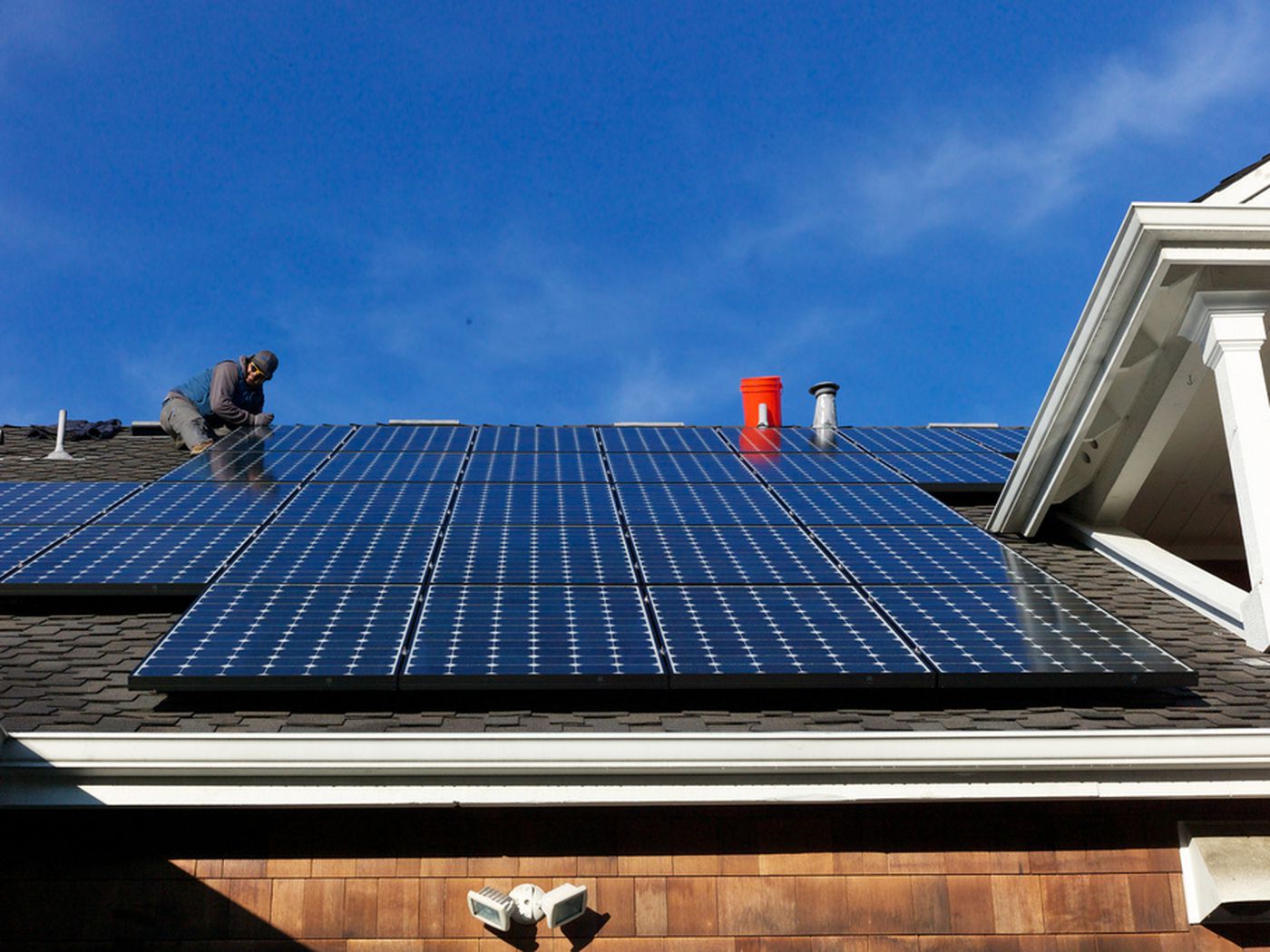
When you’re scoping out possible futures, it’s useful to ask a lot of “what if?” questions. For example, what if we could install solar panels on every suitable roof in the United States? How much electricity would they generate?
Plenty of research has followed this line of thought, though much of it has necessarily focused on working out the details for individual cities or regions. But now with enough of these studies in the bank, a group of researchers from the US National Renewable Energy Laboratory decided to take another whack at a national estimate.
Apart from the big numbers, there are some interesting details at the state or local level. States with strong sunlight and plenty of roofs obviously have the most potential—California, for example, could supply 74 percent of its total electricity use by covering its buildings with solar panels, while Wyoming could only get to about 14 percent.
But that’s partly because of different electricity use. New England doesn’t have the sunniest skies, but the limited need for air conditioning in the summer helps keep electricity use down. As a result, that region could produce about half its total electricity from rooftop solar. And if you consider residential buildings separately, they can produce about as much electricity as people use in their homes.
Overall, the all-in scenario of slapping solar panels on every single building wouldn’t be enough to replace all our power plants, but 40 percent ain’t bad. More plausible (and less Fiddler-on-the-Roof-If-I-Were-a-Rich-Man) scenarios would obviously stay south of that number. Still, the “what if?” is instructive.
Avots: Ars Technica